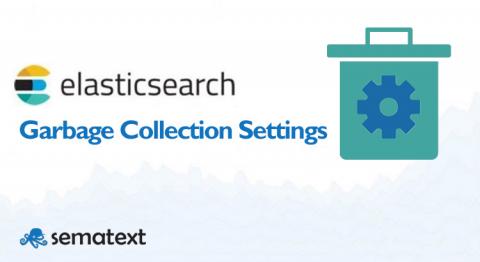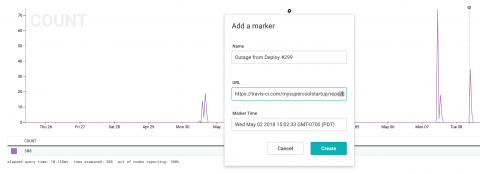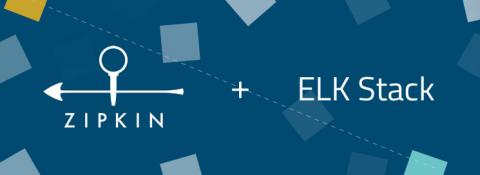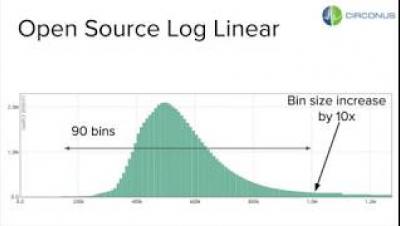Operations | Monitoring | ITSM | DevOps | Cloud
Analytics
A Fluent Bit Tutorial: Shipping to Elasticsearch
What the Beats family of log shippers are to Logstash, so Fluent Bit is to Fluentd — a lightweight log collector, that can be installed as an agent on edge servers in a logging architecture, shipping to a selection of output destinations.
Garbage Collection Settings for Elasticsearch Master Nodes
Elasticsearch comes with good out-of-the-box Garbage Collection settings. So good in fact that the Definitive Guide recommends not changing them. While we agree that most use-cases wouldn’t benefit from GC tuning, especially when it turns out there simply isn’t enough heap, there are exceptions. We found that G1 GC, for example, works well on big heaps. This allows you to have less, bigger nodes, which in turn means less network traffic in a large cluster.
Cassandra Query Observability with Libpcap and Protocol Observer
Opinions vary in recent online discussions regarding systems and software observability. Some state that observability is a replacement for monitoring. Others that they are parallel mechanisms, or that one is a subset of another (not to mention where tracing fits into such a hierarchy). Monitoring Weekly recently provided a helpful list of resources for an overview of this discussion, as well as some practical applications of observability.
Sumo Logic Announces Search Templates to Improve the Customer Experience with Better, Faster Application Insights
Providing the ultimate customer experience is the goal of every modern company, and to do that they need complete visibility into every aspect of their business. At Sumo Logic, we make it our mission to democratize machine data and make it available for everyone, which allows organizations to gain the required visibility at each step. That’s why today, we are excited to announce the availability of Search Templates to our customers.
The Power of Centralized Logging
In a world where IT infrastructure becomes more complex with each additional layer, knowing what is happening in your infrastructure becomes more complicated every day.
Add Custom Markers from the Query UI
When it comes to observing systems, it helps to have tools that quickly and efficiently allow you to highlight events, anomalies, or simply changes to the code base. Enter Markers.
Distributed Tracing with Zipkin and ELK
While logs can tell us whether a specific request failed to execute or not and metrics can help us monitor how many times this request failed and how long the failed request took, traces help us debug the reason why the request failed, or took so long to execute by breaking up the execution flow and dissecting it into smaller events.
The fastest, most direct route to instrumented code: a Honeycomb Beeline
If you’re feeling too busy or overwhelmed to instrument your code, we are here for you. We’ve talked many times about the value of instrumentation, and how it’s necessary to instrument your code properly to have access to the kind of data you need to get real observability. Instrumenting your code can mean a lot of things, but in particular it means you have to augment it in many different places, which is time-consuming.











